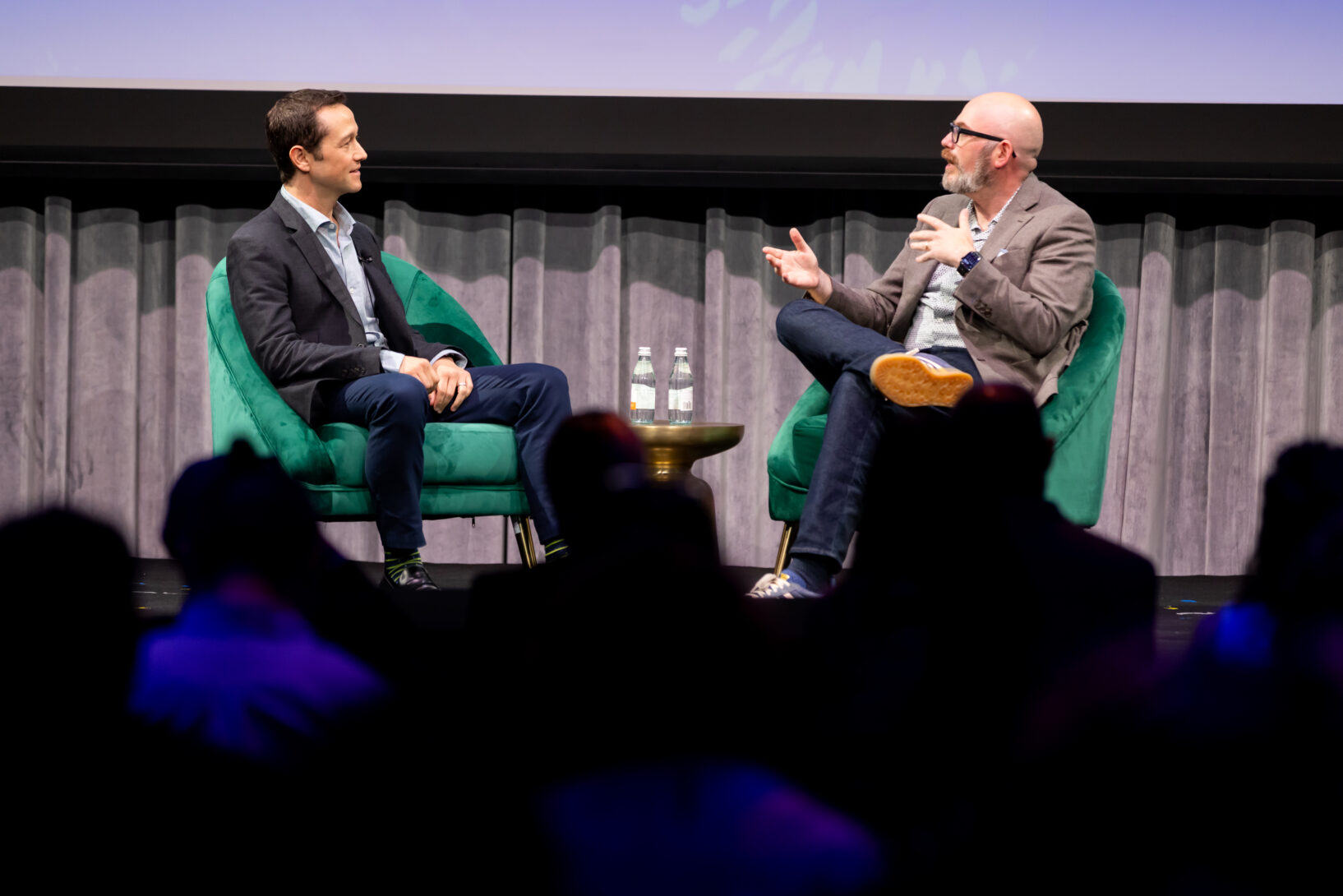What We Learned About AI, Power, and Possibility
Insights from Shared Futures: The AI Forum


John Peabody
Director of Content Strategy
AI isn’t shaping the future. We are.
That was the takeaway from the Shared Futures: The AI Forum, where leaders from across sectors pushed past hype and fear to ask harder, more human questions: Who is this technology for? What values are we coding into it? And how do we stay in charge of systems powerful enough to reshape our world?
The insights and video clips below aren’t just highlights, they’re also provocations. They challenge us to reimagine power, participation, and what it means to build a future that works for all of us.
Want to go even deeper? You can watch all the videos on the Aspen Institute YouTube channel.
Reclaiming the imagination is essential to shaping technology for the public good.
Patrick J. McGovern Foundation President Vilas Dhar spoke about moving beyond efficiency and engineering to embrace creativity, joy, and human complexity in how we design and deploy AI.
“We took a world of complexity and reduced it down to something that was simple that was easy that was efficient that let us do things that were quite exceptional, he said. “Then, I realized that we took the binary and we applied it to so much else in our world. We started talking about things as if they were one or the other.”
His call to “imagine forward” isn’t just poetic—it’s a demand to reclaim our moral and civic agency in a digital age increasingly shaped by binary, profit-driven logic.
This is a conversation about humanity.
Aspen Digital Vice President Vivian Schiller emphasized that AI is already here, shaping our lives in ways both visible and invisible. But the central theme of the day wasn’t technology itself—it was how we stay human in its midst.
“The decisions are about us,” she said. “AI is not making the decisions for us.”
Youth are not just AI consumers—they’re leading policy and innovation.
Both Sneha Revanur, Founder & President of Encode, and Kiara Nirghin, Co-Founder & CTO of Chima, discovered early in their lives that AI wasn’t neutral—it reflected and could reinforce social inequalities. Rather than waiting for permission or credentials, they took action. Sneha’s youth-led campaign defeated a California ballot measure promoting biased algorithms in the justice system, and Kiara applied AI to environmental challenges in South Africa—before she was even out of high school.
“I didn’t know how politics worked… but I just tried anyway,” said Sneha Revanur.
Preparing for the AI age requires mastering technology, embracing agency, and doubling down on humanity.
Ben Buchanan, Professor at Johns Hopkins University, offered a three-part framework for navigating an AI-driven future: learn how to use the technology, recognize and seize the new forms of personal agency it enables, and lean into empathy and human connection—traits that will grow more valuable as raw intelligence becomes commodified.
“In a world where intelligence becomes more of a commodity,” he said, “we have to self-actualize by focusing on what it means to be human.”
What does God think of AI?
AI is more than a tool or trend, it’s a force capable of altering how we define belief, trust, and human purpose. Thought leaders from the three Abrahamic faiths in conversation with Kara Swisher offered understanding on how our global communities can think about AI, ethics, and religion. Father Paolo Benanti, Professor, Gregorian University and AI advisor to the Pope, warned that AI systems, especially as they mimic language and reasoning, risk offering answers without context and authority without accountability.
“When we have a machine that can produce a narrative on reality, we’re touching our operating system… It can hack what we believe, what we feel, and what we can imagine,” he said, adding that the role of religion in AI, is “not giving the answer (but) keeping the questions alive.”
Creativity still requires a human eye—and human intent.
Nik Kleverov, Chief Creative Officer, Native Foreign, described his AI-powered short film as a true collaboration, AI generating imagery and direction and ideation remaining squarely human. “We’re entering a new era of creativity,” he said.
“Crafting a coherent, emotionally resonant visual narrative still required deep understanding of tone, pacing, and storytelling and now also, the ability to prompt and AI. “Your vision for what the piece is going to be is the DNA.,” said Kleverov. AI is “ a collaborator, it’s a camera, it’s like a second unit director.”
AI can make large-scale public engagement not just possible, but meaningful.
Public input is the cornerstone of a representative democracy, but understanding citizens’ views at scale is a challenge. In Bowling Green, Kentucky, AI helped analyze, sort, and summarize over 4,000 proposals and a million votes, translating public input into actionable insights for local leaders. Rather than hearing only from detractors, they uncovered widespread consensus, giving both government and business leaders a clear mandate to act.
“Of the 4,000 proposals, more than half of them had near-universal support,” said Yasmin Green, CEO of Jigsaw (Google). “So not just government leaders, but business leaders too felt that they had a really solid basis on which to lead because they know that they have the public support.”
AI must serve life, not just solve problems.
Baratunde Thurston, Co-Creator and Host of Life with Machines, closed with a powerful reframing: instead of treating AI as a tool to dominate or replace, we should focus on how it can exist with us. AI should not be a force above or below human life—but alongside it, in service of something larger: not just solving technical problems, but nurturing connection, meaning, and care for all forms of life.
“Let us create more life with these machines,” he said. “Let us center human beings, but also all of life in the mix.”
Ideas. Leadership. Action. Delivered to You.
The Aspen Institute shares regular updates about our work. You’ll receive the latest information on upcoming events and popular material from our staff — including publications, blog posts, podcasts, and videos.
